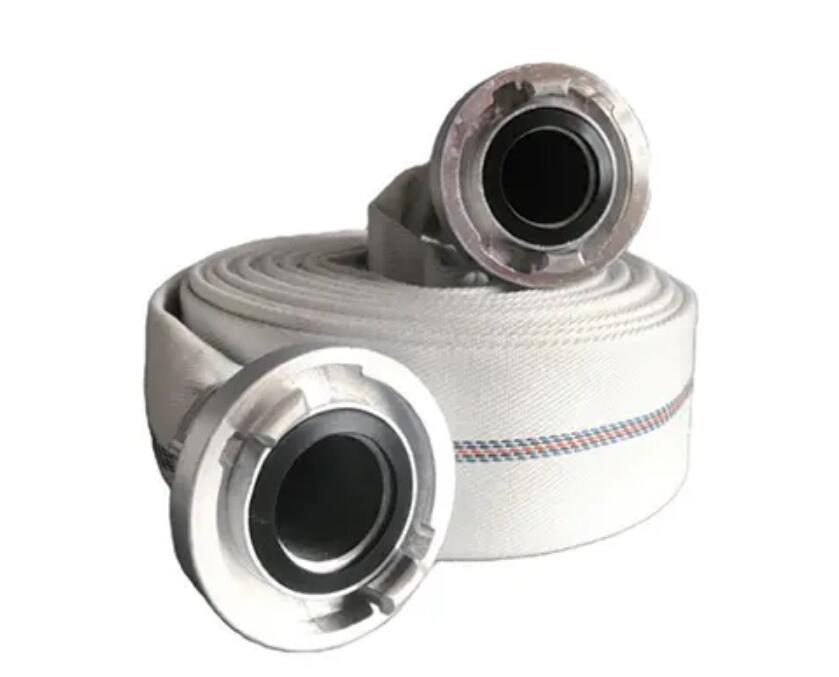Proper maintenance of fabric fire hoses is essential to ensure their reliability and effectiveness during firefighting operations. By following best practices for hose inspection, storage, and maintenance, firefighters can prolong the lifespan of their hoses and maximize their performance when needed most.
One key aspect of hose maintenance is regular inspection to identify signs of wear, damage, or degradation. Firefighters should visually inspect hoses for cuts, abrasions, bulges, or other irregularities that may compromise their integrity. Additionally, hoses should be tested periodically to assess their structural integrity and water-tightness.
Moreover, proper storage of fabric fire hoses is critical to prevent damage and prolong their lifespan. Hoses should be stored in a clean, dry, and well-ventilated area away from direct sunlight, extreme temperatures, and chemicals that may degrade hose materials. Coiling hoses neatly and avoiding kinks or twists can help prevent damage to the hose and prolong its service life.
Additionally, firefighters should follow manufacturer recommendations for hose cleaning and maintenance to ensure optimal performance. Routine cleaning with mild detergent and water can remove dirt, debris, and contaminants that may affect hose performance. Inspection of couplings and fittings for corrosion or damage is also recommended to ensure proper hose connections.
Furthermore, firefighters should be trained in proper hose handling techniques to minimize stress and strain on hoses during deployment and use. Avoiding sharp bends, excessive tension, and dragging hoses over rough surfaces can prevent damage and prolong hose life.



